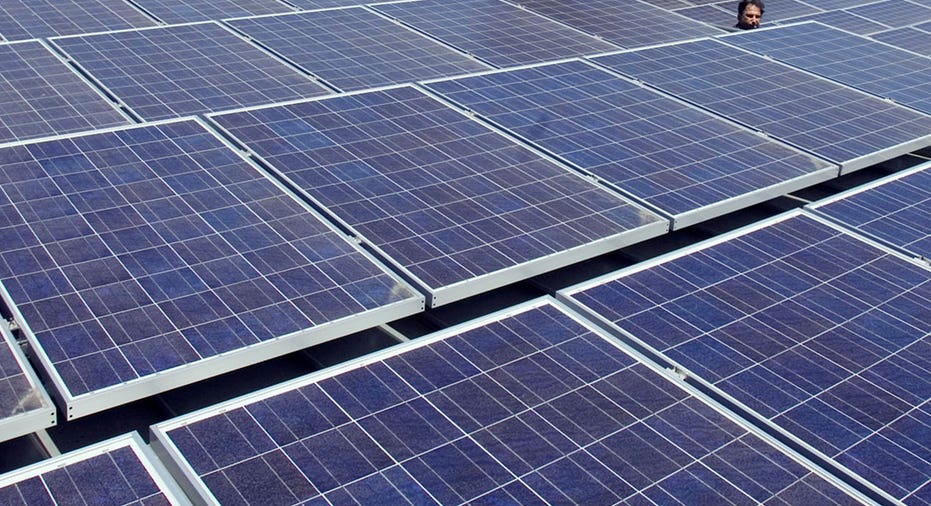U.S. solar installations to fall more than expected in 2017

U.S. solar installations will fall more than expected this year, according to an industry report released on Thursday, due to weakened demand for residential systems and delays on large projects over concerns that President Donald Trump will impose tariffs on imported panels, increasing costs.
In a quarterly report, GTM Research said it expected U.S. installations to fall 22 percent to 11.8 gigawatts (GW) this year, down from a prior forecast that called for a decline of 17 percent. GTM conducted the analysis for the Solar Energy Industries Association trade group.
In the third quarter, market installations fell 51 percent to 2.03 GW. Last year was a particularly strong year for installations as developers raced to capture a federal tax credit that had been scheduled to expire at the end of 2016. The solar market is also expected to fall next year but will resume growth in 2019, GTM said.
Many utility-scale project developers are delaying projects due to tight solar panel supplies, the report said. Uncertainty regarding a trade case brought by U.S. manufacturer Suniva has raised the price of panels and prompted some developers to buy in advance of their needs, GTM said.
Solar module prices averaged 45 cents per watt in the third quarter, up from 40 cents in the prior quarter.
Trump is expected to make a final decision on the trade case next month. While Suniva wants less foreign competition, developers rely on low-priced imports to compete with fossil fuels and have argued against tariffs.
GTM cut its 2017 utility-scale forecast to 7.6 GW from 8.1 GW but lifted its view of the market for 2018 slightly to 6.6 GW from 6.5 GW.
The industry's residential sector dropped 18 percent from last year because of weakness in big markets like California. The residential market has suffered this year due to a pullback by top installer SolarCity after its acquisition by Tesla Inc last year. Residential solar installations are expected to be down 13 percent for the year, the market's first-ever annual decline.
Bucking the downward trend was the commercial sector. GTM's non-residential category, which includes projects for businesses and small communities, rose 22 percent from the third quarter of 2016 thanks to favorable policies in California, Massachusetts and New York. Installations also rose in Minnesota due to Xcel Energy Inc's community solar program.
(Reporting by Nichola Groom; Editing by Jonathan Oatis)



















